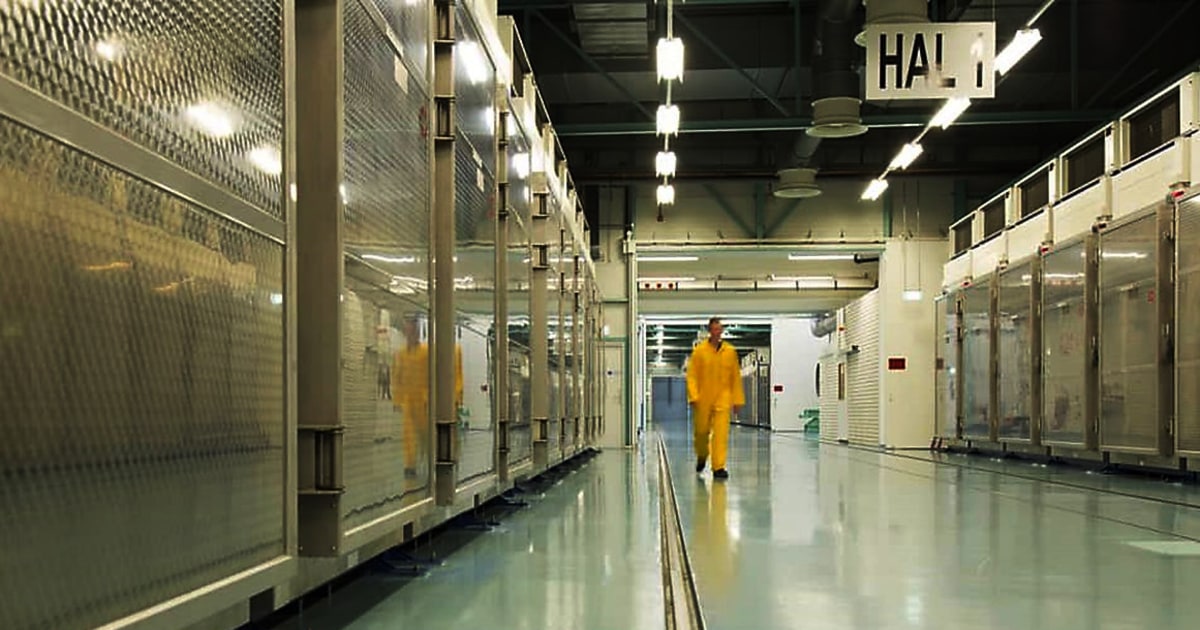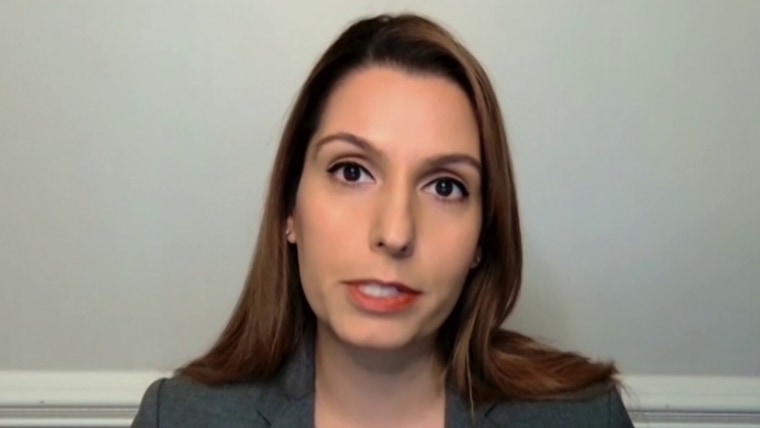Iran began expanding uranium enrichment to 60 percent purity at an underground site at Fordow days after foreign governments accused Tehran of failing to cooperate with a UN investigation into its past nuclear work.
The decision brings Iran one step closer to having uranium enriched to the 90 percent weapons-grade threshold and flouts the limits of the 2015 nuclear deal between Iran and world powers.
The move came amid growing international condemnation of anti-regime protests in Iran, with UN human rights officials saying the rising death toll reflected Tehran’s use of deadly force to try to quell the demonstrations.
“Enrichment to near weapons-grade levels using more efficient centrifuges at the deeply buried Fordow site is a serious escalation and increases the risk of a nuclear-armed Iran,” said Kelsey Davenport, director of nonproliferation policy at the Gun Control Association. a Washington-based think tank. Sixty percent enriched uranium “is within a hair’s breadth of the 90 percent level that is considered weapons grade,” she said.
The decision will allow Iran «to store enriched uranium up to 60 percent faster, reducing the time it would take to produce enough weapons-grade uranium for multiple weapons,» Davenport said.
The director general of the International Atomic Energy Agency, Rafael Mariano Grossi, said in a report Tuesday to member states that Iran had begun producing highly enriched uranium with a purity of 60 percent at the Fordow fuel plant, using centrifuges. advanced. Last year, Iran already embarked on enrichment up to 60 percent elsewhere at an aboveground site at Natanz.
Iranian state media previously reported that the government planned to increase uranium enrichment at Fordow to 60 percent for the first time, and that officials had warned that it would respond to any rebuke from the IAEA board of governors.
Iran’s UN mission did not respond to a request for comment.
The 35-nation IAEA board adopted a resolution last week criticizing Iran and demanding that Tehran urgently cooperate with the IAEA investigation into traces of uranium found at three undeclared sites.
The 2015 nuclear deal between Iran and world powers, known as the Joint Comprehensive Plan of Action, was designed to prevent Iran from developing nuclear weapons. He imposed limits on Iran’s nuclear program in exchange for a relaxation of US and international sanctions against Iran. But former President Donald Trump withdrew the United States from the deal in 2018 and since then Iran has bypassed the deal’s restrictions, using advanced centrifuges and enriching uranium well beyond a 3.67 percent purity limit.
President Joe Biden took office vowing to revive the deal, but negotiations have stalled for months. Massive anti-regime protests in Tehran and Iran’s support for Russia’s invasion of Ukraine have complicated any chance of restoring the deal.
When asked about Iran’s plans to expand enrichment, Secretary of State Antony Blinken said the United States was watching the situation closely.
During a visit to Qatar, Blinken said the United States continues to believe that diplomacy is the best way to resolve doubts about Iran’s nuclear program: «Iran, for a variety of reasons, has chosen to insert extraneous issues into the effort to reactivate the JCPOA. .”
He added that the growing protests in Iran have galvanized the world and «that’s where the focus is.»
Britain’s ambassador to the United States, Karen Pierce, told NBC News’ Andrea Mitchell on Tuesday that «what Iran is doing really demonstrates the risk Iran poses to global security.»
“We are talking to our partners and allies about the best response to this, but I will point out that a nuclear deal has been on the table since March,” Pierce said.
When Iran challenged provisions of the 2015 nuclear deal, it faced renewed international criticism for its response to a wave of anti-regime protests that erupted in September.
In Geneva, the United Nations High Commissioner for Human Rights, Volker Türk, said the Iranian authorities had taken a more hard-line approach towards the protest movement and that the death toll was rising.
“The rising number of deaths from the protests in Iran, including those of two children over the weekend, and the tightening of the response by the security forces, underscore the critical situation in the country,” Türk said.
Alexandra Cod contributed.


